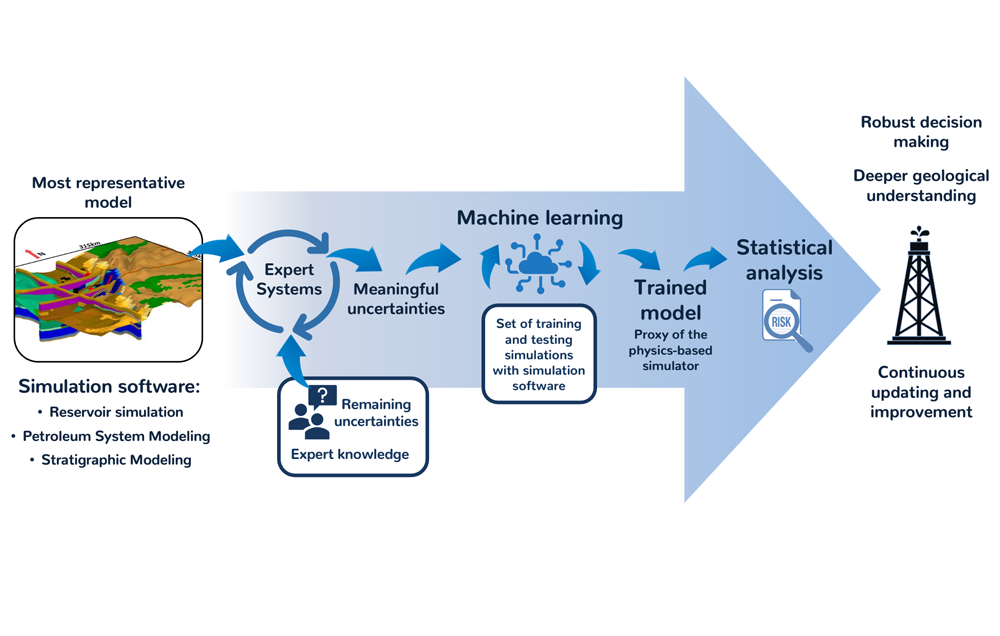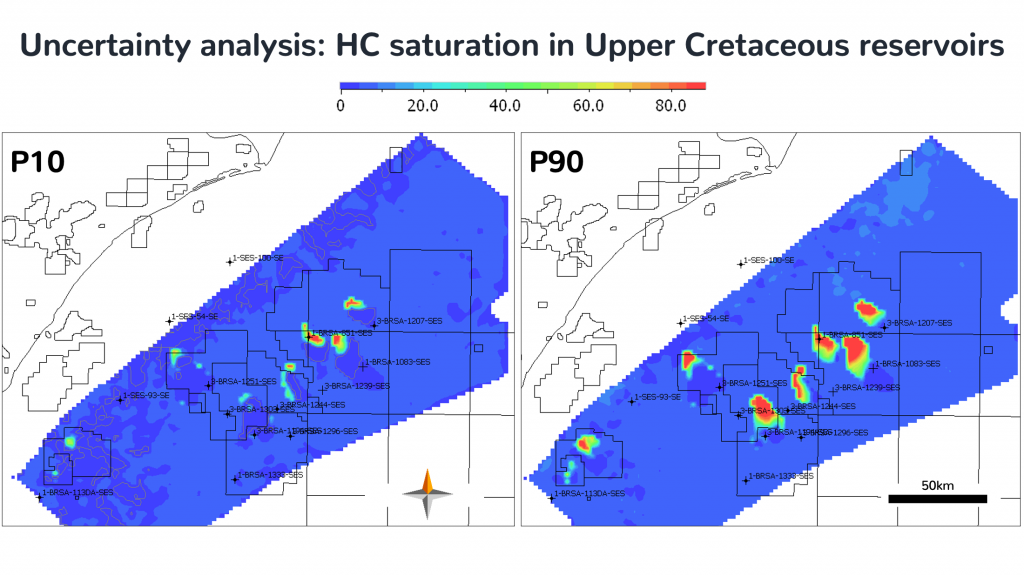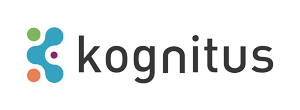Challenges for risk assessment using Physics-based simulations
In the O&G, Energy, and Mining industries, current risk assessment methods using physics-based simulations rely on a simplistic best- and worst-case scenarios approach or Monte Carlo derived methods requiring thousands of simulations.
Moreover, to keep up with the evolution of knowledge through a project’s life cycle, simulation methods require a very labor-intensive effort, which can hamper updating the models with the most recent data and information


Coupling AI and Physics-based simulations for more accurate and efficient risk analysis
ALTERNA® can be coupled to the best-in-class physics-based simulators to provide quantitative risk analysis in a time frame that remains consistent with operational projects, while preserving accuracy.
The process starts with defining significant uncertainties by associating the user’s expertise and ALTERNA®’s expert systems. Next, state-of-the-art techniques sample the uncertain space, generating a learning database of physics-based simulation results that support the training of ML algorithms. Then, cutting-edge statistical tools interactively produce accurate risk and sensitivity analyses
A new milestone for risk assessment in the O&G and Energy industries
ALTERNA® module for O&G exploration: comprises connectors to state-of-the-art simulators (Petromod and TemisFlow) and expert systems to focus on significant geological uncertainties. ALTERNA® provides robust regional risk assessment using few simulations compared to other approaches. Through a full sensitivity analysis and a systematic quantification of input uncertainties, ALTERNA® delivers more efficient portfolio management and helps prioritize efforts to further de-risk the petroleum systems.
ALTERNA® module for reservoir simulation: aims to build a digital twin of geological reservoirs for petroleum and geothermal production, and CO2 and natural gas storage. Based on state-of-the-art multidimensional machine learning methods, the new module paves the way to flexible, robust, and accurate assisted history matching (model calibration), field development, and production optimization.
